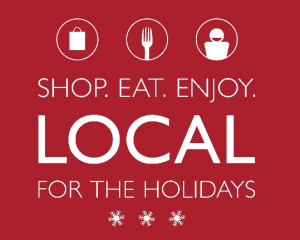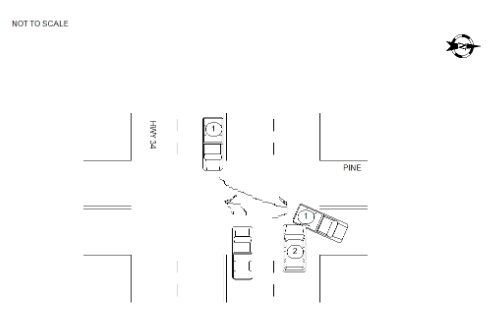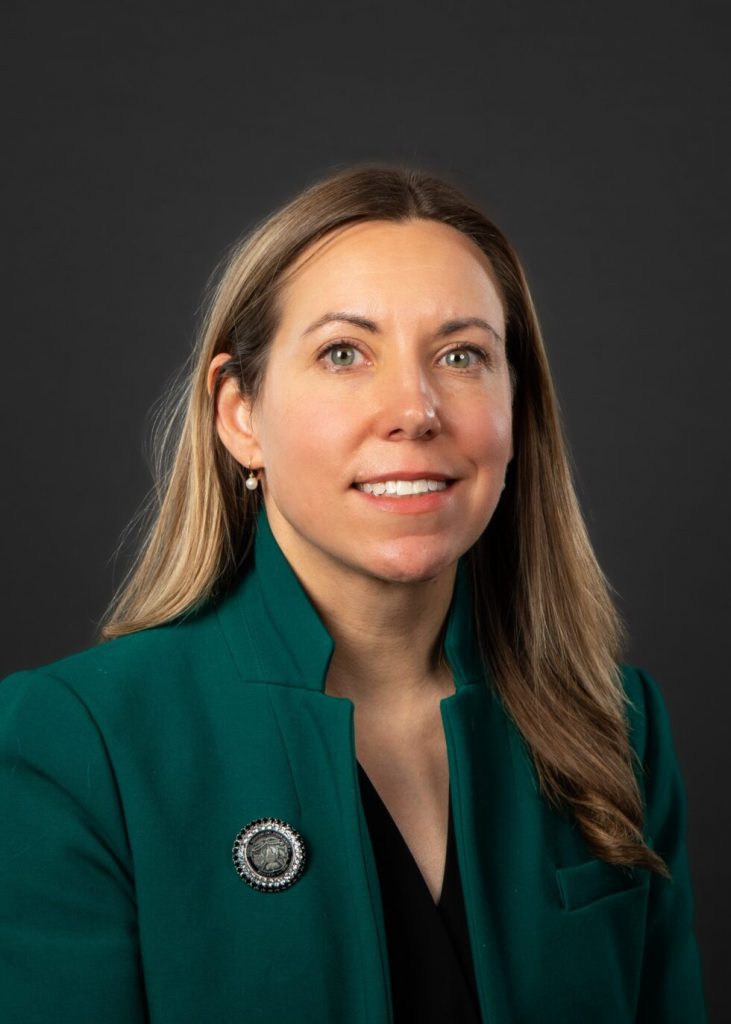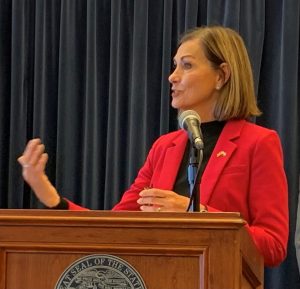(Radio Iowa) – The U-S-D-A has rejected Governor Kim Reynolds’ plan to provide monthly boxes of food to low-income households with school-aged children — rather than a monthly stipend for purchasing groceries next summer. Reynolds will reapply to the Trump Administration for permission to start the project. Reynolds has said it would feed more children because the state could buy the food at wholesale prices.
“This utilizes the USDA School Program that we already have, so there’s a nutritious component to it,” Reynolds said, “which is really, really important for our kids.” During an interview with Radio Iowa a few months ago, Reynolds said many low-income families lack the transportation to get to a store that sells groceries at reasonable prices and her proposal would address that by setting up a distribution system for the boxed-up food.
“It’s the same type of mindset that we have with the programs that I have put in place,” Reynolds said, “really to use technology, to update, to be more efficient and more effective.” The U-S-D-A has notified state officials the governor’s plan does not fit the guidelines for its summer feeding initiative. The SUN Bucks program has provided low-income families with an extra 120-dollars per school aged child via a government-issued debit card. Iowa Hunger Coalition Chair Luke Elzinga says state officials are basically saying they don’t want to participate in the program, but want to spend the money.
“The state’s asking to waive 29 separate pieces of federal code,” Elzinga says. Elzinga is encouraging Iowans to lobby the governor to accept the U-S-D-A’s guidelines. John Boller is executive director of the Coralville Community Food Pantry. He says direct federal assistance to parents has reduced childhood food insecurity in states that accepted the SUN Bucks funding. “Parents should be trusted to make the best food choices for their children,” Boller says.
This past summer, Reynolds turned down 29 million dollars in summer food assistance for Iowa children who qualify for free or reduced price lunch at school. She used 900-thousand dollars of pandemic relief money instead to set up summer meal sites around the state.









